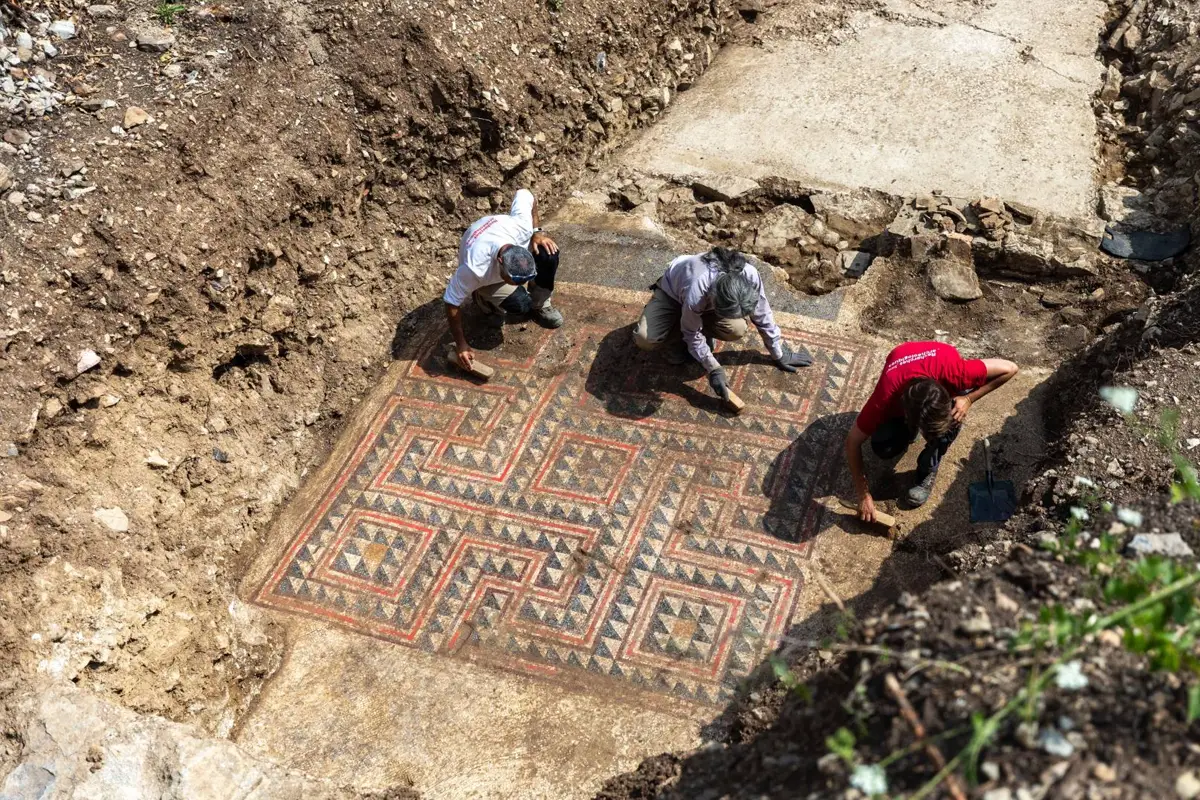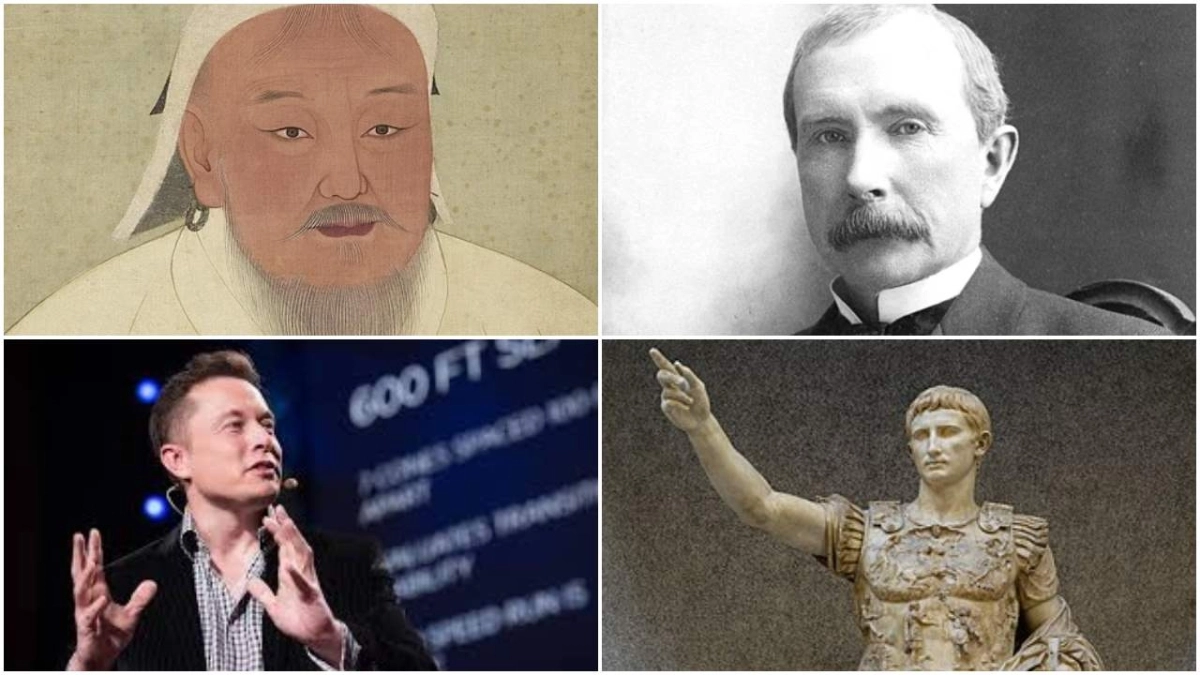The Nazca Lines, a series of massive geoglyphs etched into the desert plains of southern Peru, remain one of the greatest archaeological mysteries of the ancient world. Created by the Nazca civilization between 500 BCE and 500 CE, these intricate designs, ranging from geometric shapes to animal figures, have long puzzled researchers regarding their purpose and significance.
Creation and Techniques
The Nazca people constructed these lines by removing the reddish-brown iron oxide-coated pebbles covering the desert surface, exposing the lighter-colored soil beneath. The dry and stable climate of the Nazca Desert has helped preserve these geoglyphs for centuries. Some of the figures stretch for hundreds of meters, suggesting a sophisticated understanding of surveying and geometric principles.
Theories on Cultural and Religious Significance
Astronomical Calendar – Some scholars propose that the lines align with celestial events and may have served as an astronomical calendar for agricultural cycles.
Religious and Ritualistic Purposes – Theories suggest that the lines were used in religious ceremonies or processions dedicated to deities, possibly related to water and fertility, given the arid environment.
Pathways for Rituals – Some researchers believe the lines functioned as sacred paths walked during ritual ceremonies, possibly as a form of pilgrimage or devotion.
Extraterrestrial Theories – More speculative ideas suggest that the lines were created as landing sites or messages for extraterrestrial beings, though there is no concrete evidence supporting this claim.
Conclusion
Despite extensive study, the exact purpose of the Nazca Lines remains uncertain. They continue to be a source of fascination, reflecting the ingenuity and spiritual depth of the Nazca civilization while inviting new interpretations and research in archaeology and anthropology.







